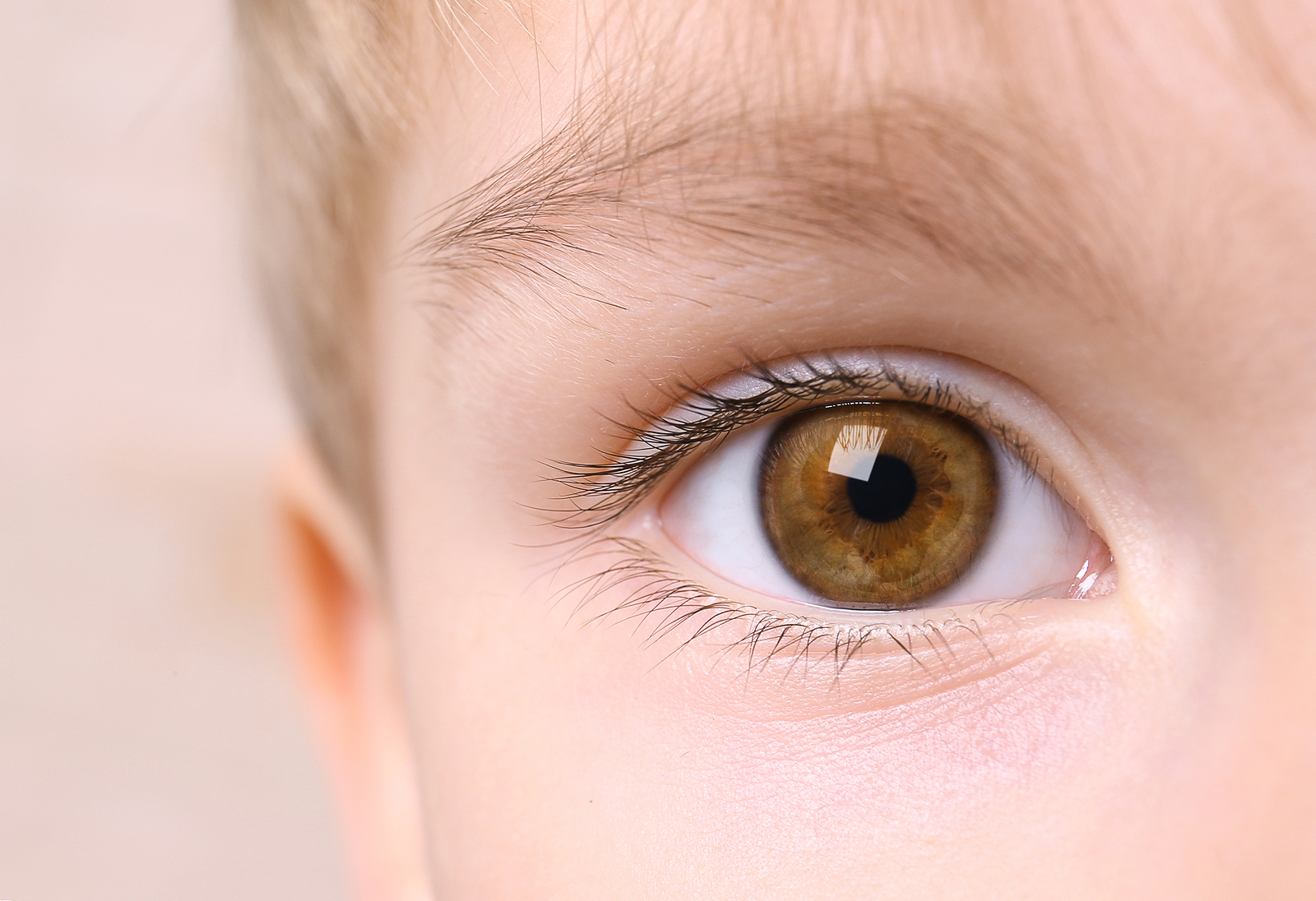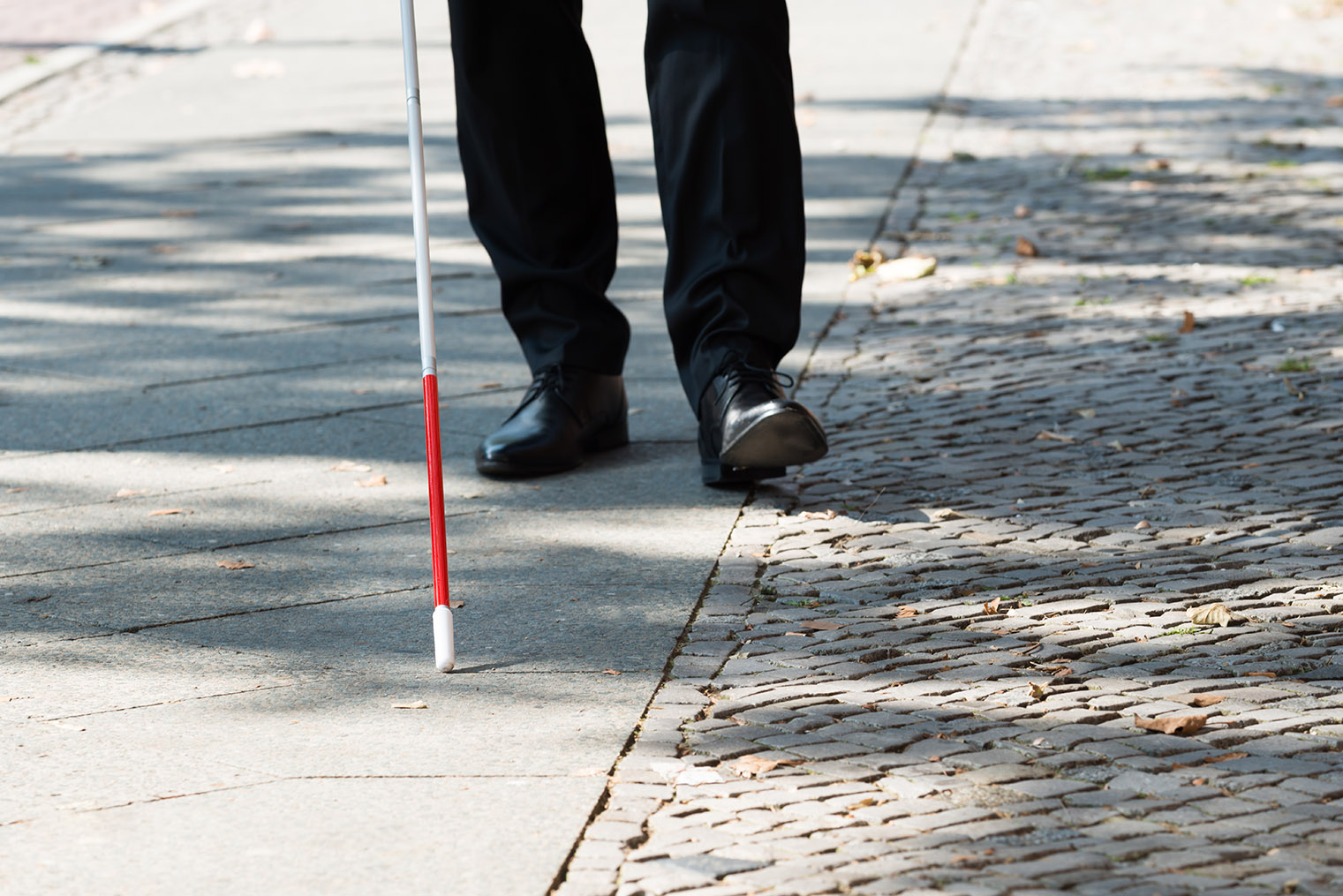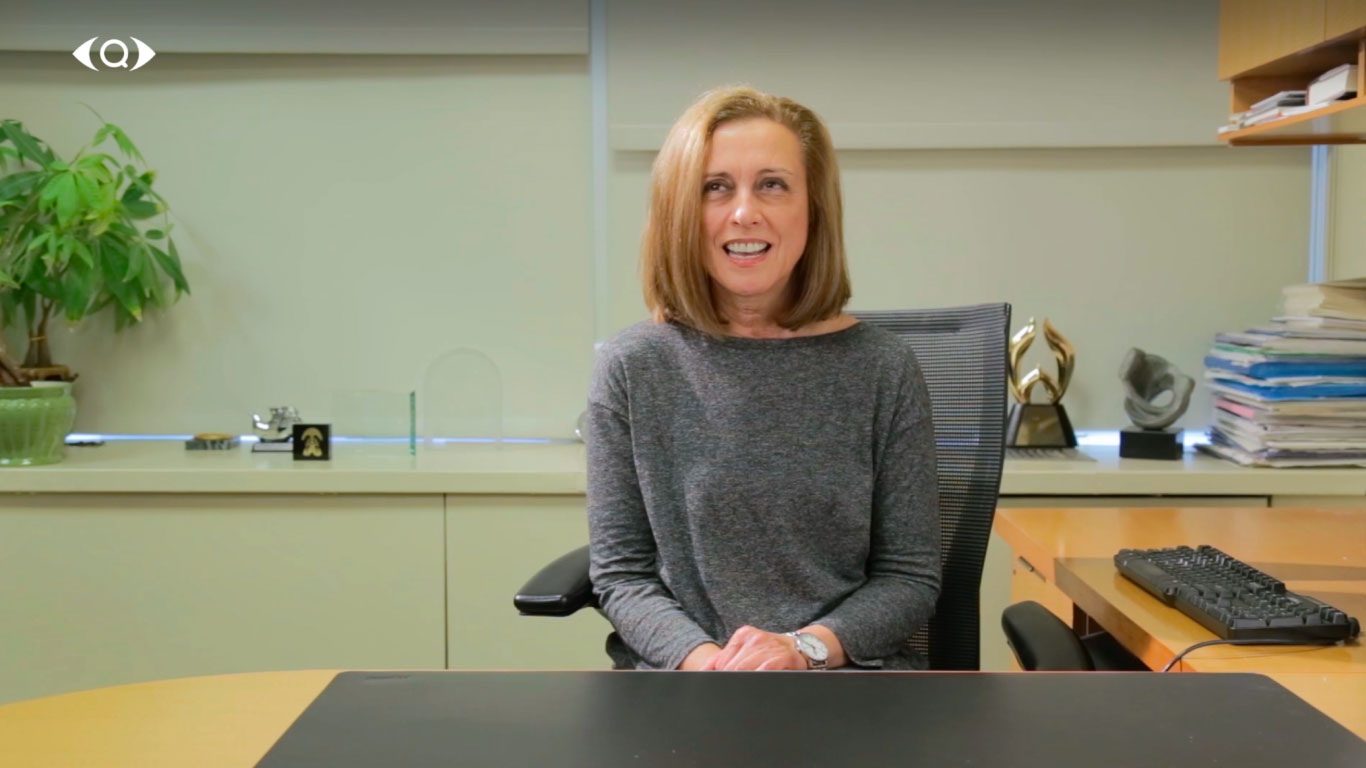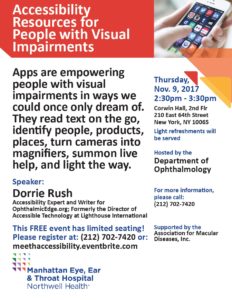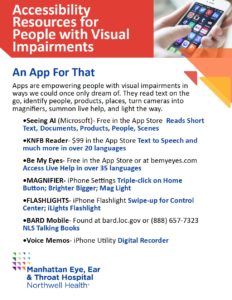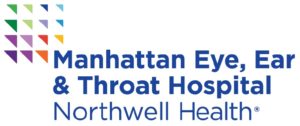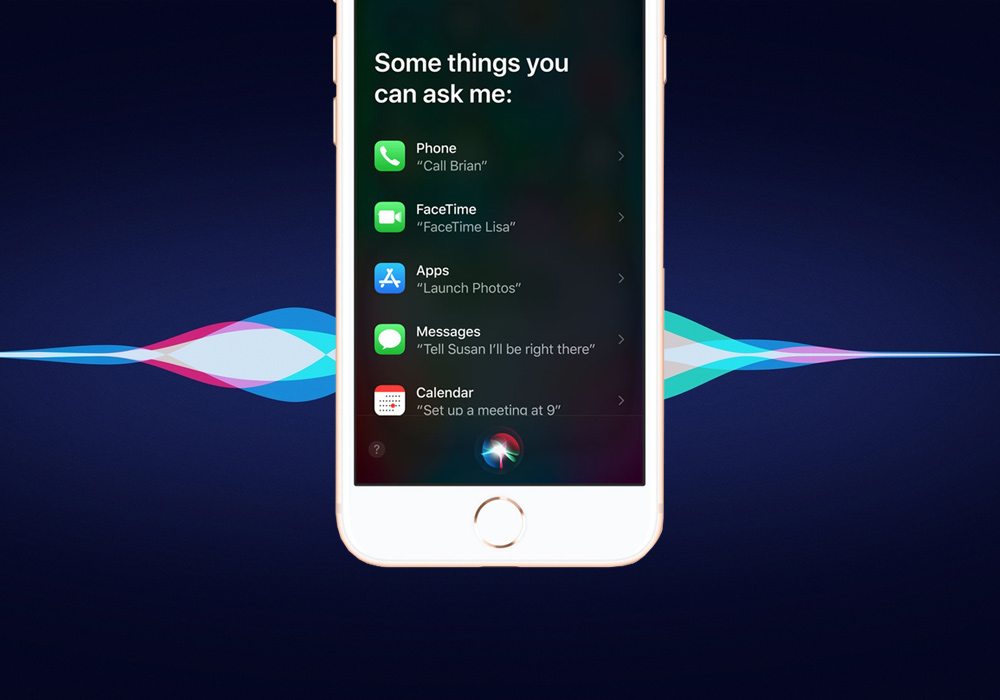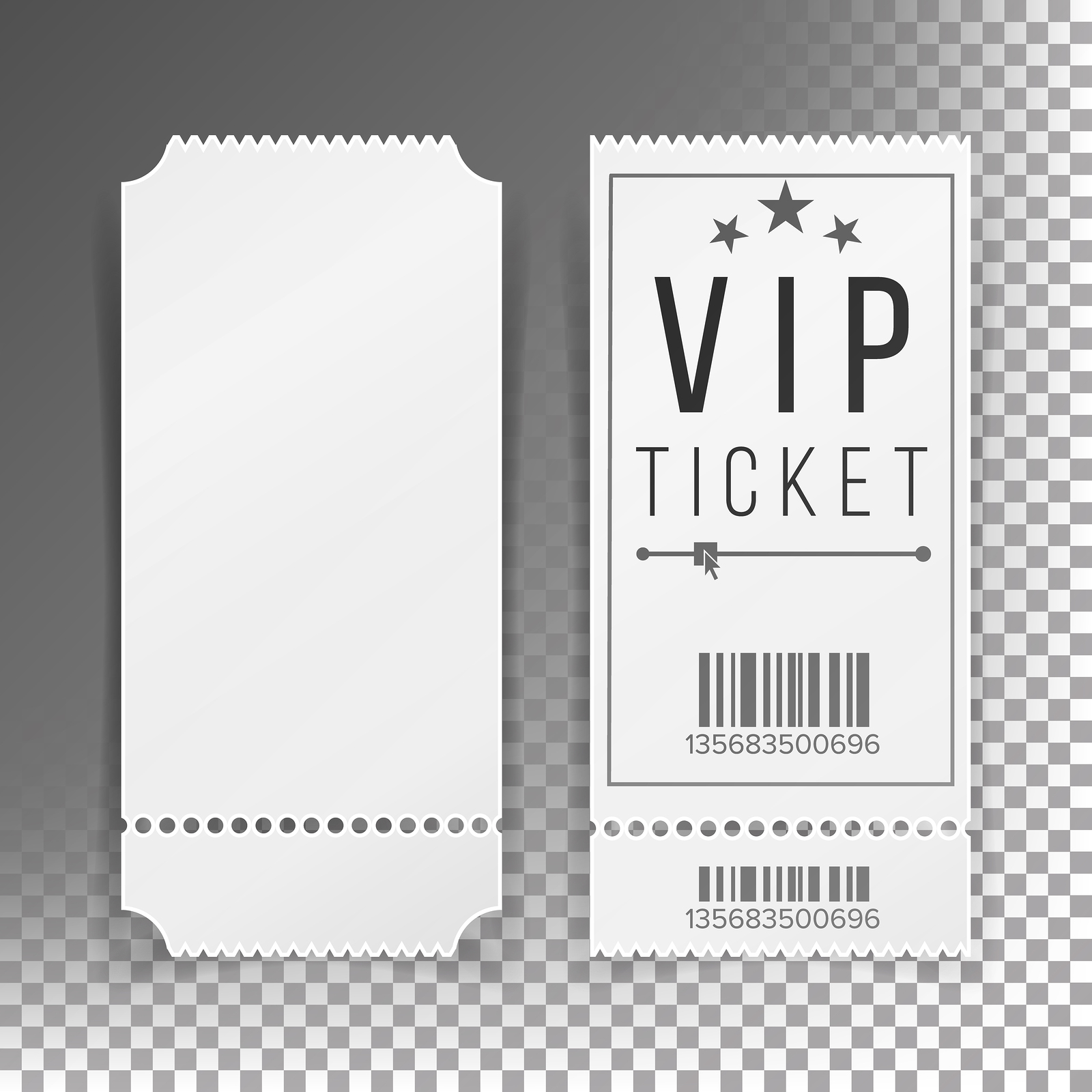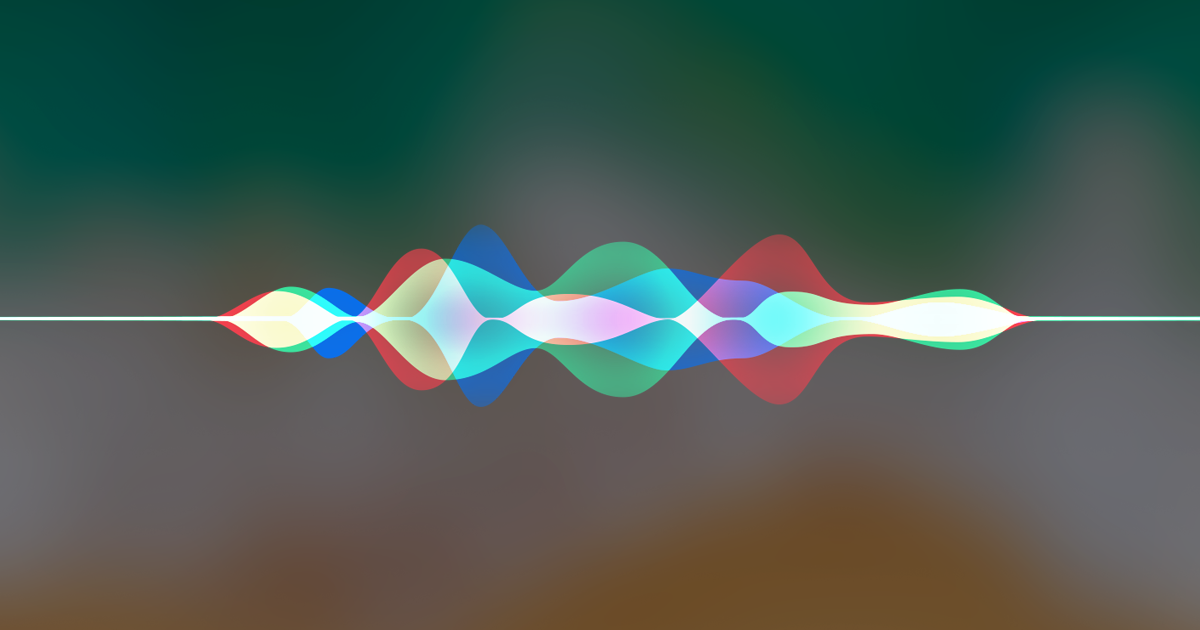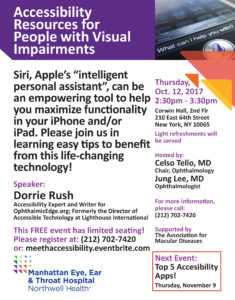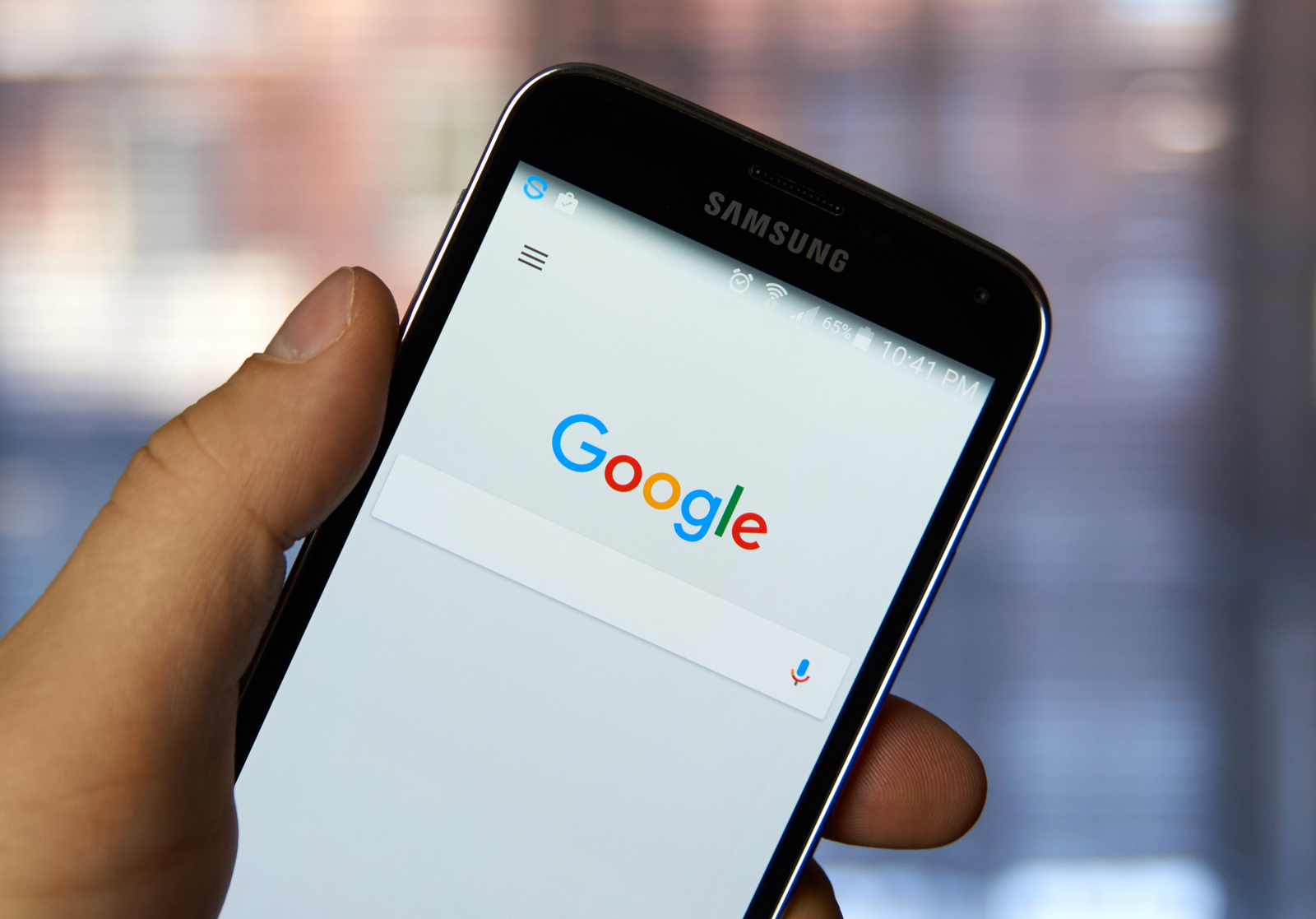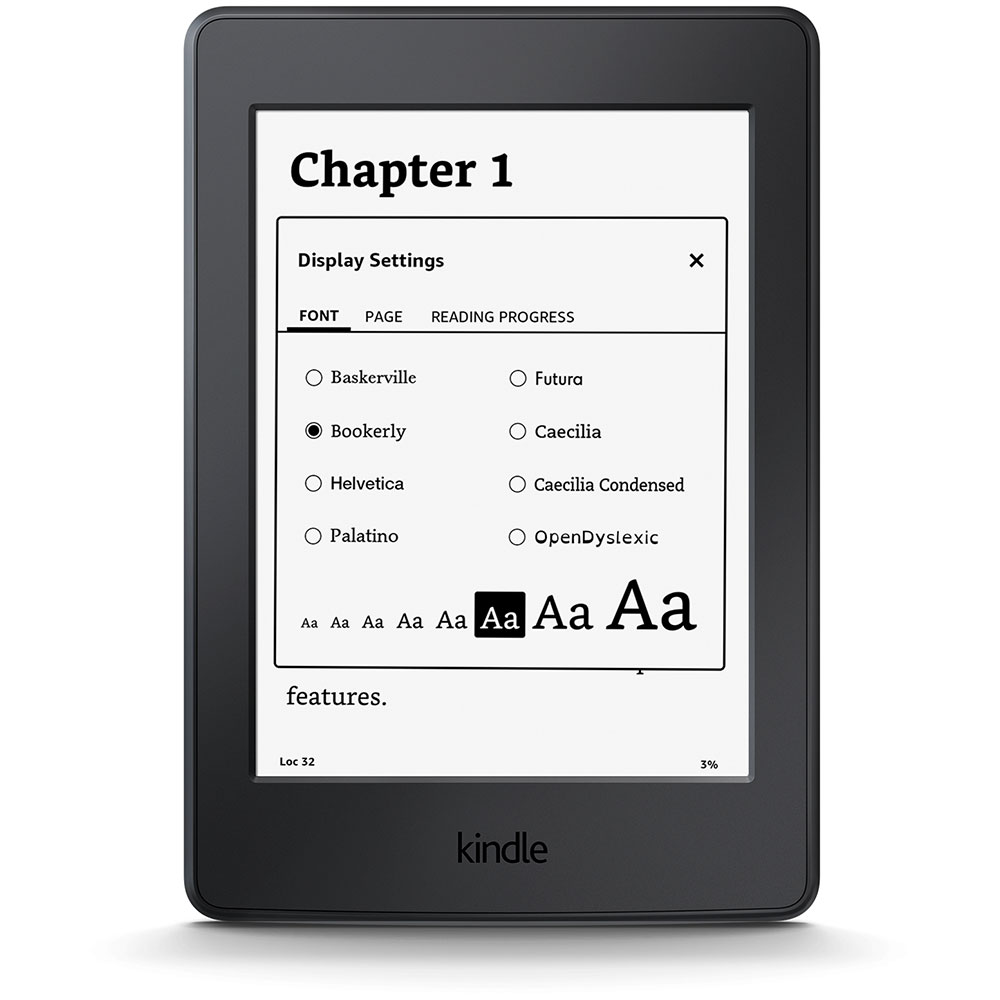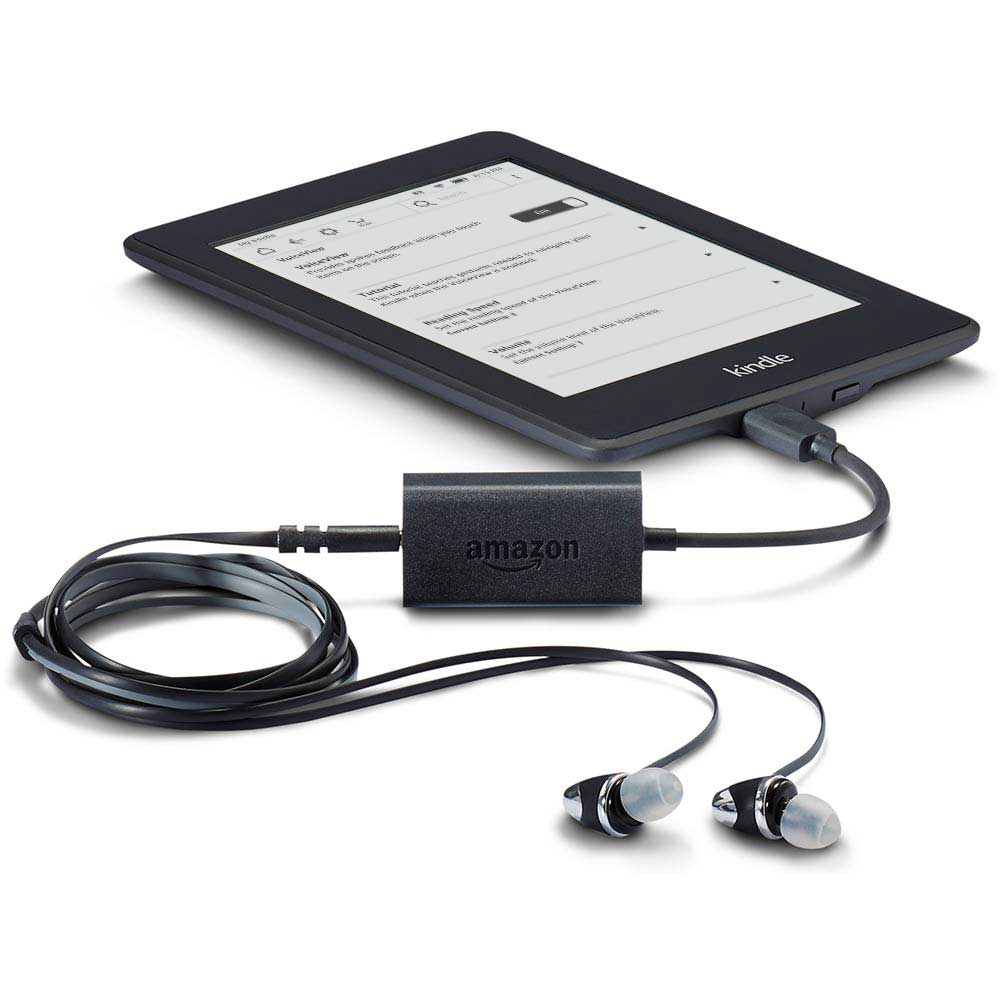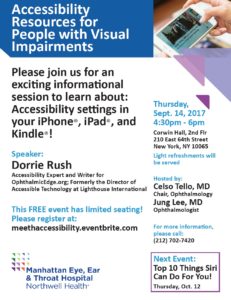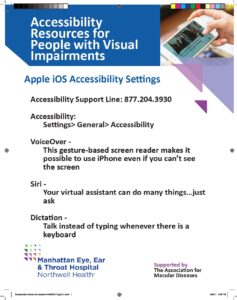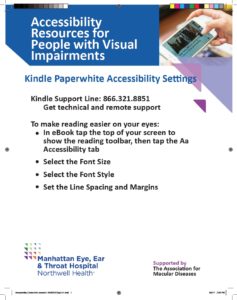The start of a fresh new year is filled with promise. Anything and everything is possible. It’s a good time to evaluate your goals and objectives for the year ahead.
OE Patients was created to provide practical tips and encouraging advice to keep you addressing the challenges of vision loss and moving forward. We strongly recommend a conscious renewal of your resolve to not give up doing the things you need to do and love to do.
Coping with a visual impairment can be daunting until you discover there are solutions. We advise always to explore options, and never to give up easily. Here are 4 categories you should not give up, each followed by the tried and true solutions found in the pages of OE Patients.
Don’t Give Up On Technology
Continuing to use a mobile device or computer with a visual impairment can be unpleasant at times. But living without the use of technology today will be even more difficult. The very solutions you need, to adjust visual settings or access speech, are built into the software’s accessibility settings. We’ll continue to give lots of advice on Accessibility & Technology in the coming year. Here are links to some of the articles already posted:
Accessibility Support Lines You Should Know
10 things Siri Will Do If You Ask
Savvy Seniors Tech Support Resources
10 Things to Know About iPhone Accessibility
Don’t Give Up The Job
We acknowledge that adjusting to vision loss while contending with the demands of a job can feel overwhelming. There are accessibility solutions built into your computer that can be exactly what you need to continue working productively. Make a friend in IT and get some help. Strongly consider discussing your visual impairment with your supervisor or Human Resources, it is in the employer’s best interest that you succeed on the job. Strengthen your resolve with a look back at these articles on this topic from OE Patients:
5 Ways to Make Your Computer at Work Easier to Use
Don’t Give Up On Reading
Reading is always affected by vision loss. It is important to learn early on to make the adjustments that will keep you reading. Consider the lighting, text size, contrast, and magnification. At some point, you may decide to move part of your reading to listening. A good audiobook is every bit as enjoyable as a real page-turner.
Reading has a very broad spectrum and it comes into play over and over throughout any given day. You may need to find new ways to read signs, packaging, documents, and mail. Here are some options to look at:
Get Back the Joy of Reading with NLS
iPad Accessibility Set Just Right for You
Seeing AI is a Gift From Microsoft
Don’t Give Up Your Independence
It all really ultimately comes down to independence, and it should never be given up without a fight! Stay tuned to these pages and we’ll keep giving you the power.
6 Ways to Make Bill Paying Easier

